And it is much bigger and more effective than all the other safety nets - like MNREGA - that we currently have.
2/11
Israel works to "Judaize" the entire area, treating the land as a resource chiefly meant to benefit the Jewish population. Jewish communities are established and developed, while Palestinians are dispossessed and corralled into small, crowded enclaves.https://t.co/DFU922lNvC pic.twitter.com/d36H8OVgdD
— B'Tselem \u05d1\u05e6\u05dc\u05dd \u0628\u062a\u0633\u064a\u0644\u0645 (@btselem) January 14, 2021
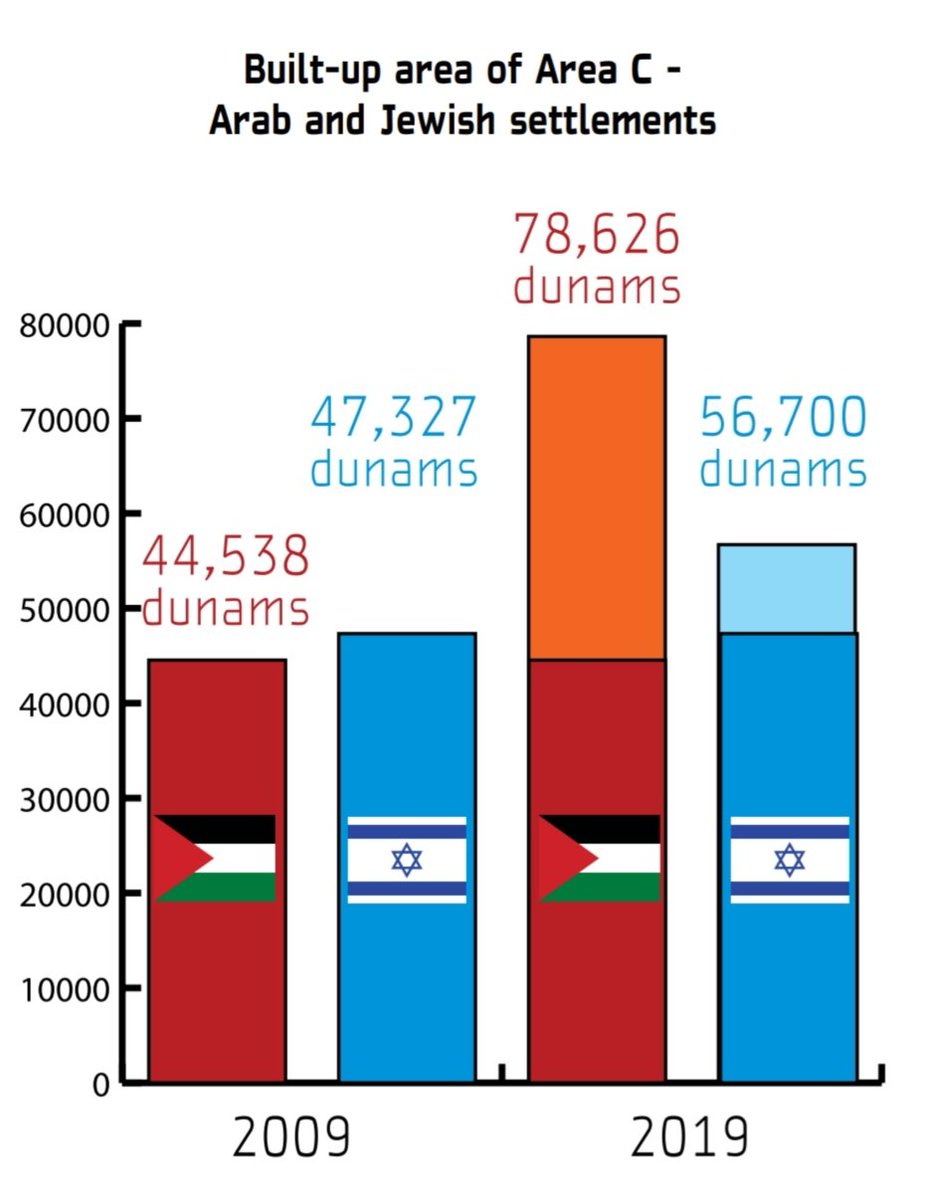
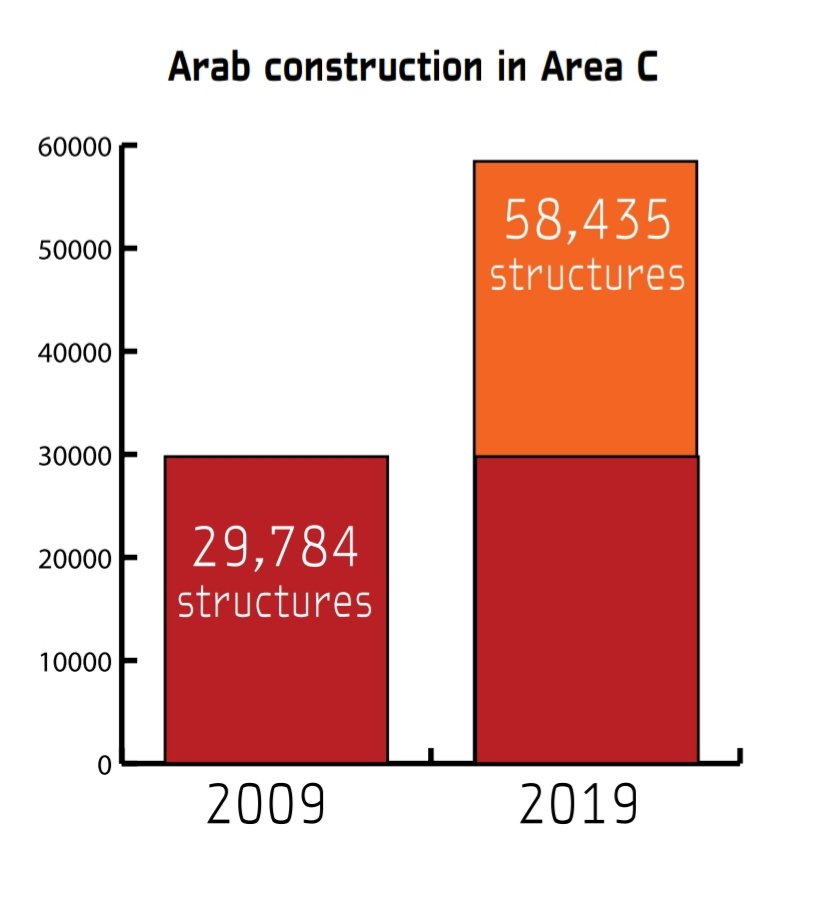
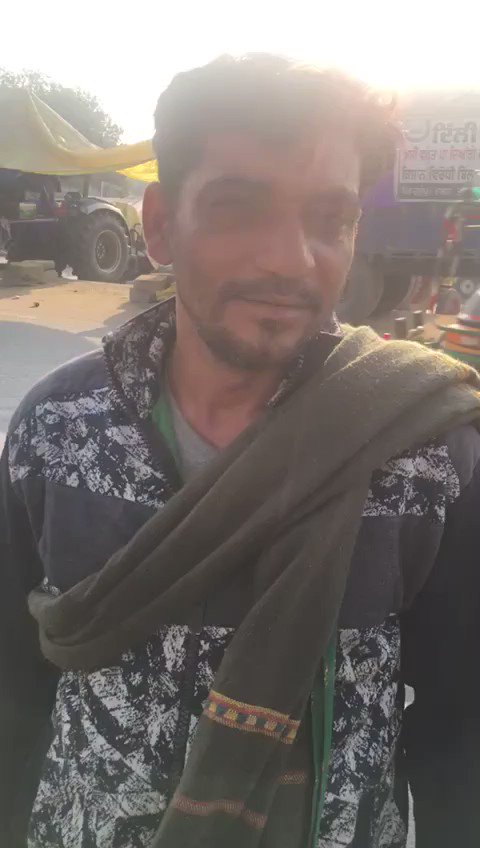
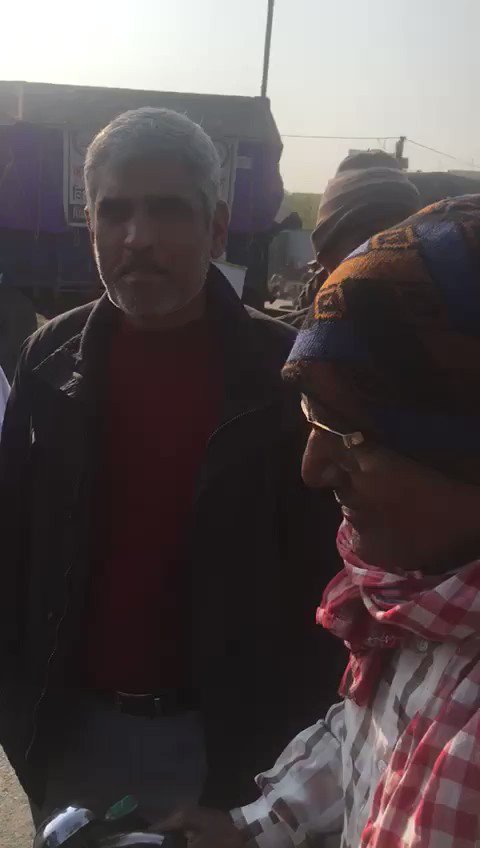
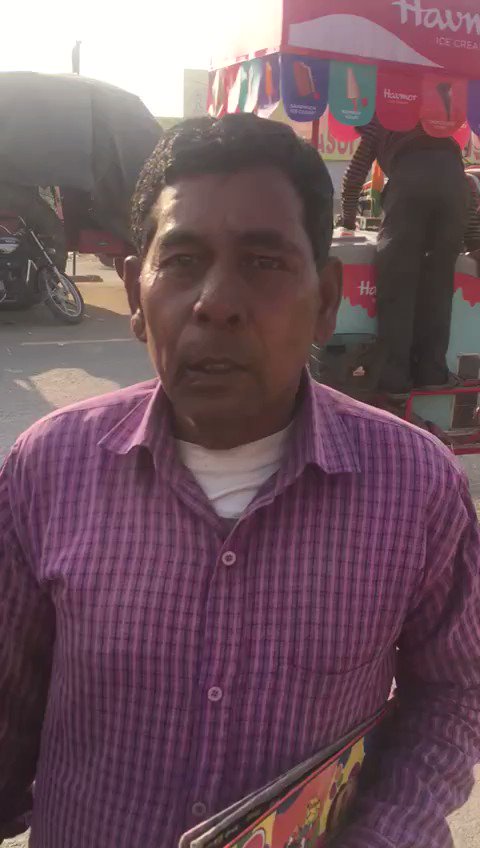
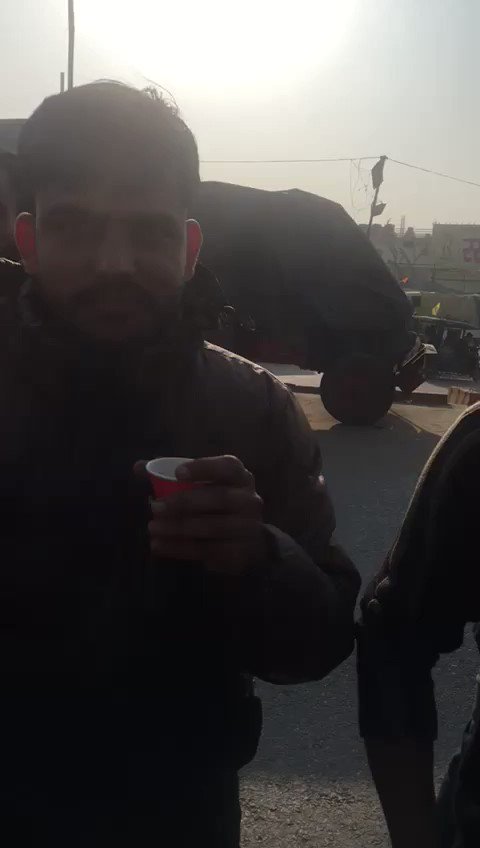
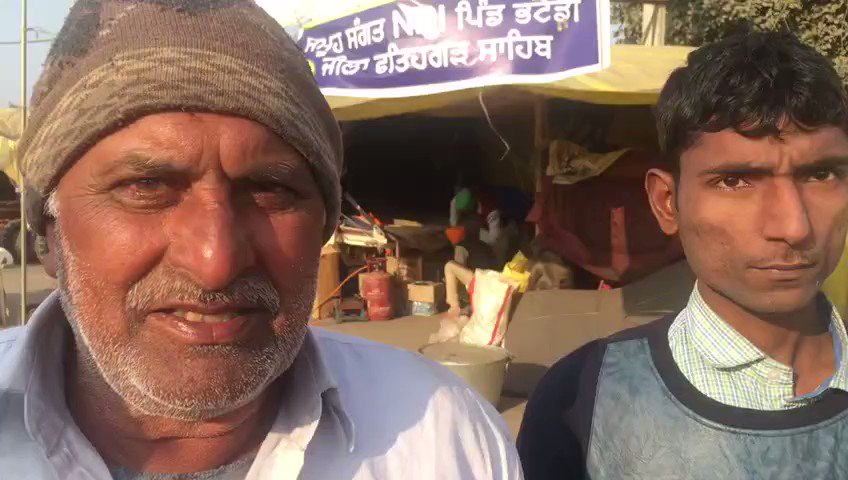
I'm not entirely comfortable with Modi's "Hindutva".
— Onye Nkuzi (@cchukudebelu) February 2, 2021
I know many of my Indian followers will come at me, angrily - but let me just say this out.
I'm not sure it is a great model for democracy in a diverse, multi-cultural developing nation.